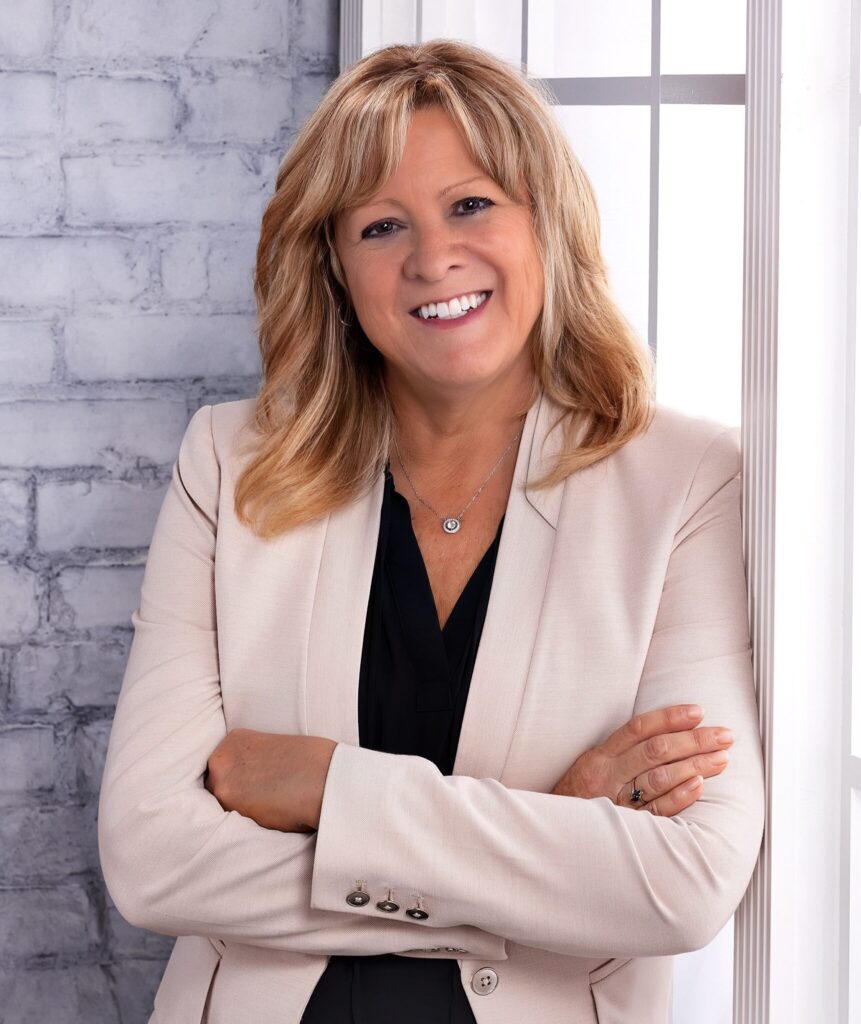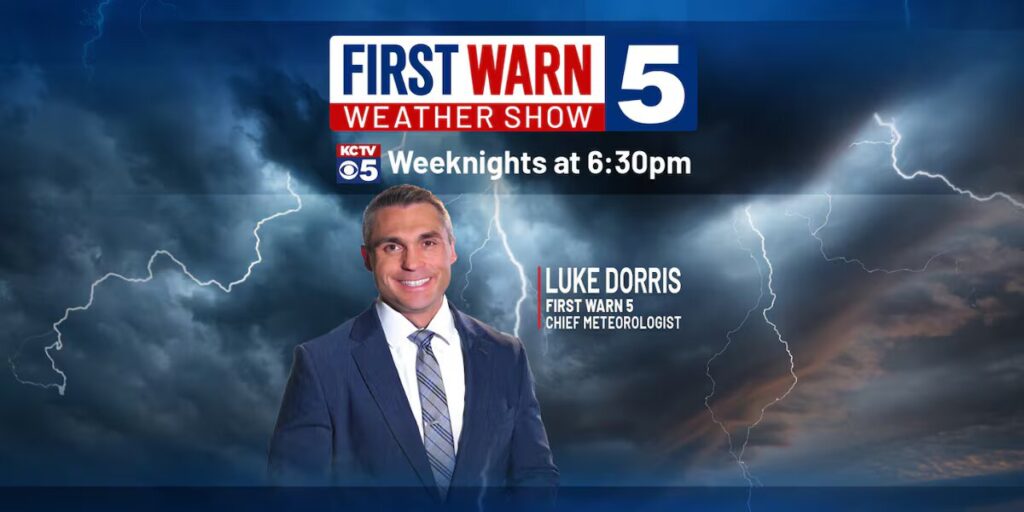With content creation seen as a major strength, leaders at NAB’s Senior Leadership Summit were greeted by a SmithGeiger survey that shows local TV news ranks as most trusted and viewed across all key 18-54 demos.
Media Leaders Bullish On Linear TV Future
A SmithGeiger survey of media leaders from across the broadcasting, entertainment, finance and tech sectors, unveiled today at the inaugural NAB Show Senior Leadership Summit, finds a majority remain optimistic overall about the future of linear television in the face of pressing challenges.
With content creation seen as a major strength of broadcast TV by survey respondents, the media industry leaders attending the high-level, invitation-only summit at the Encore at Wynn Las Vegas were greeted by news of Roseanne’s massive ratings success in its return to network television. Station group heads, meanwhile, were encouraged by SmithGeiger viewer survey findings showing local TV is the dominant, No. 1 source of news and information across all key 18-54 demos in the “fake news” era.
National Association of Broadcasters President-CEO Gordon H. Smith; Beasley Media Group CEO/NAB Joint Board Chair Caroline Beasley; and The Alliance for Women in Media Executive Director Becky Brooks outlined significant issues facing the industry and, in an era of enlightenment, the status of women working in it.
NAB Show launched the half-day confab this year to bring together the media industry’s CEOs, presidents and creatives, Wall Street investment executives, advocates and influencers to discuss and tackle the major issues from those tasked with leading the business through accelerating change, unprecedented disruption and ongoing reinvention. Attendees heard a variety of perspectives on how to best deal with the opportunities and challenges these pose from two primary panels:
“Where the Financial World Will Place Its Bets” — The Wall Street Journal’s Joe Flint moderated a discussion looking at the pace of entertainment and media M&A activity — and the potential consequences of media consolidation for the business — with Max Herrnstein, co-global head, media and communications group for Morgan Stanley; Reed Phillips, managing partner/global president, Oaklins DeSilva + Phillip; and Derek Van Zandt, managing director of the global communications investment banking practice at Citi.
“The Future of Content in a Changing Industry” – Lionsgate Television Group Chairman Kevin Beggs led a conversation about creating the right content to meet the limitless opportunities offered by today’s evolving platforms. He was joined by acclaimed writer-producers Chris Collins (Sons of Anarchy, The Wire), Holly Sorensen (Make It or Break It, Recovery Road, Step Up: High Water) and Ed Zwick (Nashville, Once and Again, My So Called Life, The Last Samurai). Joanna Klein, SVP of scripted series, programming and development at Lifetime Network, lent a creative executive’s viewpoint.
SmithGeiger President/Co-Founder Seth Geiger and Nicole Bergen, founder/chief researcher of SmithGeiger’s Elevate shared their B2B and viewer survey results with summit-goers in their “Future of the Industry” presentation.
Overall, SmithGeiger found that 57% of 79 leaders surveyed report being generally optimistic about the media industry overall. They also see its five greatest challenges as the ability to embrace change (91%), create compelling content (88%), understand today’s dynamic audience (72%), obtain more accurate metrics and audience measurement (71%) and find new revenue models (68%). When it comes to meeting content challenges, 84% of those responding believe television is up to the task.
The company also surveyed 1,007 U.S. TV viewers age 18-54 — comprising 87% of all adults — who either watch live TV or stream content on devices. The conclusion: TV viewers are spending an average of 3 hours and 13 minutes per day watching live TV, plus an additional 3:15 on streaming TV.
While streaming has notable momentum, with 41% watching SVOD more often this year, the results indicate that 26% are watching live TV more frequently as well. The trendlines emerging over previous years continue, with younger 18-34 viewers streaming more content and viewers 35-54 more reliant on live linear TV.
For viewers 35-44, SmithGeiger noted TV reliance shifts to a larger degree of linear viewing (4:26) than streaming (3:38) but emphasized the considerable overlap – the “sweet spot” for local broadcasters – in TV and digital viewing. In all, 67% depend on a combination of local TV and local digital platforms for their news and information.
The pattern also holds for viewers’ reliance on broadcasters. Overall, 72% of adults 18-54 get their news and information from local TV stations via TV, their websites and news apps. The majority of all age groups are getting news and information each week from a broadcaster (59% of ages 18-24; 67% of ages 25-34; 75% of ages 35-44; and 81% of ages 45-54).
A substantial area of agreement among all age groups: 53% believe local news programs are their No. 1 most trusted source of news — dramatically outpacing any other outlet or platform — with very little differences across age groups (56% of ages 18-24, 53% of ages 25-34; 54% of ages 35-44; and 51% of ages 45-54).
“This is a significant development in the era of ‘fake news,’ especially when more than half of even the youngest adult viewers feel that way,” Geiger said. “We see media consumers are watching a whole lot of TV across a variety of devices. Although streaming, time shifting and non-linear is growing, 80% are still watching live TV.”
SmithGeiger noted broadcasters continue to carry an inordinate amount of weight and importance for the audience, with nearly 75% now getting news and information from a broadcaster on TV, online or from a news app each week.
Based on the results of the two studies, Geiger commented, “The broadcast industry may be anticipating a greater upheaval than the audiences themselves seem to indicate is happening, as least in the near term.”
Among other major takeaways of the media survey, SmithGeiger found embracing changes driving the media landscape to be the industry’s No. 1 challenge.
Executives responded they feel well equipped to manage many, but not all, challenges. The majority are optimistic yet realistic about the need for thoughtful and purposeful re-engineering; also, they are resolute and committed to serving audiences across a broad range of platforms and needs. Moving forward, they see the industry’s challenge to expanding what TV does so well to every other platform.
Geiger will provide NAB attendees with a complete rundown of his consumer survey findings from 1:30 to 2:50 p.m. Monday in North Hall Meeting Room N253.
Read all of TVNewsCheck‘s NAB 2018 news here.

























Comments (8)
Cheryl Thorne says:
April 9, 2018 at 4:30 am
Here we go..all the so-called leaders and their followers gathered in Vegas to try to make each other feel good about a mature and declining business..who has gotten their lunch eaten by Digital…good luck with that..Happy fabrications over your watered down scotch…in your bubble..
alicia farmer says:
April 9, 2018 at 10:29 am
Of course local TV stations are the most “trusted” source for news. When car wrecks, crime scenes, minor house fires, and constant weather hype make up 90% of your “news” – what’s not to trust? Of course Sinclair stations defy that generalization a bit – adding some Trump/GOPer propaganda. “Trust” does not necessarily translate to ratings growth, or even status quo. In boredom we trust.
John Livingston says:
April 9, 2018 at 11:22 pm
Wrong about Sinclair there like any other local news plays it down the middle that doesn’t air propaganda as you claim which is a lie without facts or proof. All local news has must runs and some may air commentary labe it as such.
Geoffrey Miller says:
April 9, 2018 at 7:33 pm
No question that there are more platforms to receive all types of news. Social Media is totally unreliable, Cable News is not News, but opinionated entertainment, Newspapers are so depleted they just can’t deliver like they once could. Local Television News now has the responsibility to deliver unbiased News. Now it’s up to every local station to live up to journalism that serves their communities, if they don’t they too will disappear.
Gregg Palermo says:
April 10, 2018 at 9:34 am
I wish my local group-owned TV stations would quit lifting stories from the morning paper. Those enterprised stories stick out like a sore thumb. They didn’t find those on the regional wire or by making beat calls.
Matt Hortobagyi says:
April 11, 2018 at 8:18 am
I wonder if anyone at a local TV news room still make beat calls?
Snead Hearn says:
April 12, 2018 at 3:12 pm
Local television has never been in a better place locally for news with newspapers trying to go out of business. However the corporations see news as in demand and that means commercials and not so much enterprise reporting. Someone needs to teach these far removed regional vp’s of news what local news really is and truly cover your local market. Great opportunity for a mature business to have the “fountain of youth”…. Not sure it will happen.
Cheryl Thorne says:
April 12, 2018 at 8:26 pm
News Flash Old School..(That’s why your nickname is Old School)..No one cares or watches Local News much any longer…only broadcasters in their bubbles care about it..The model is broken….